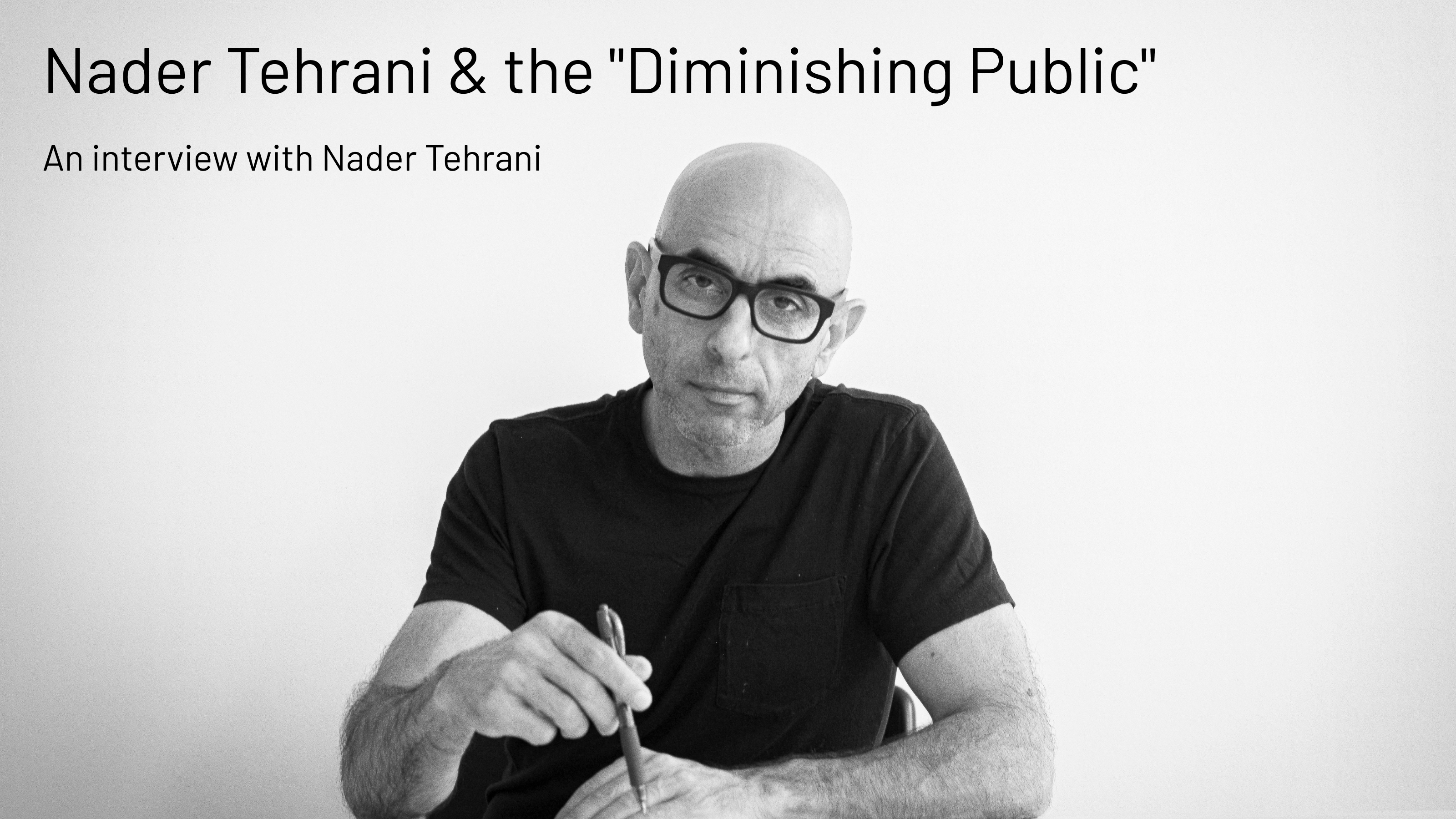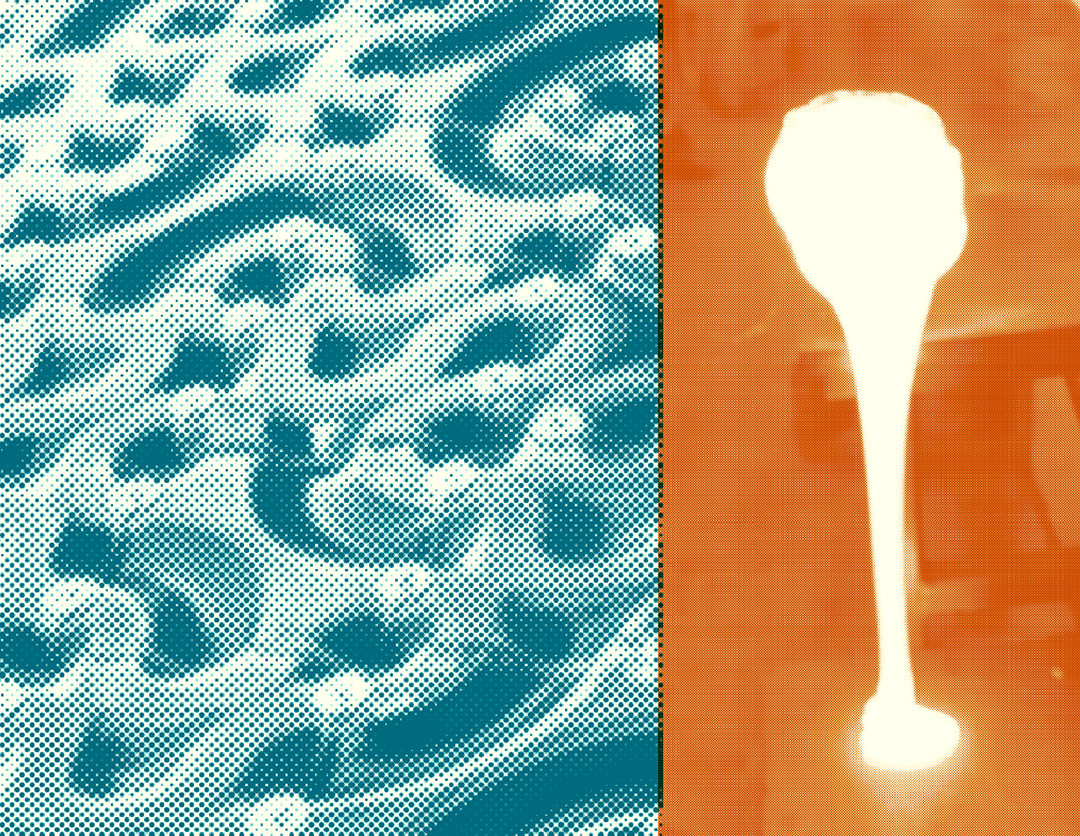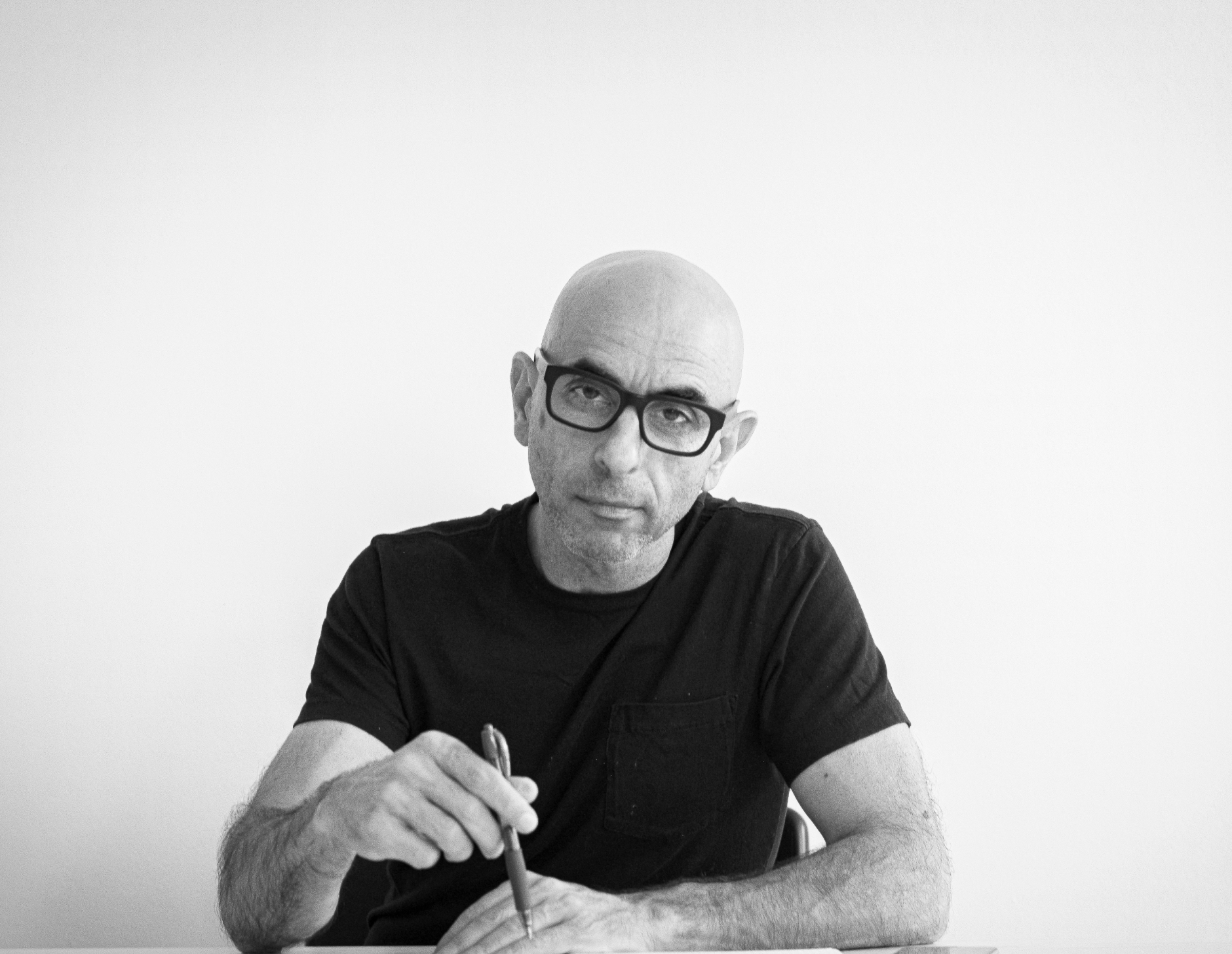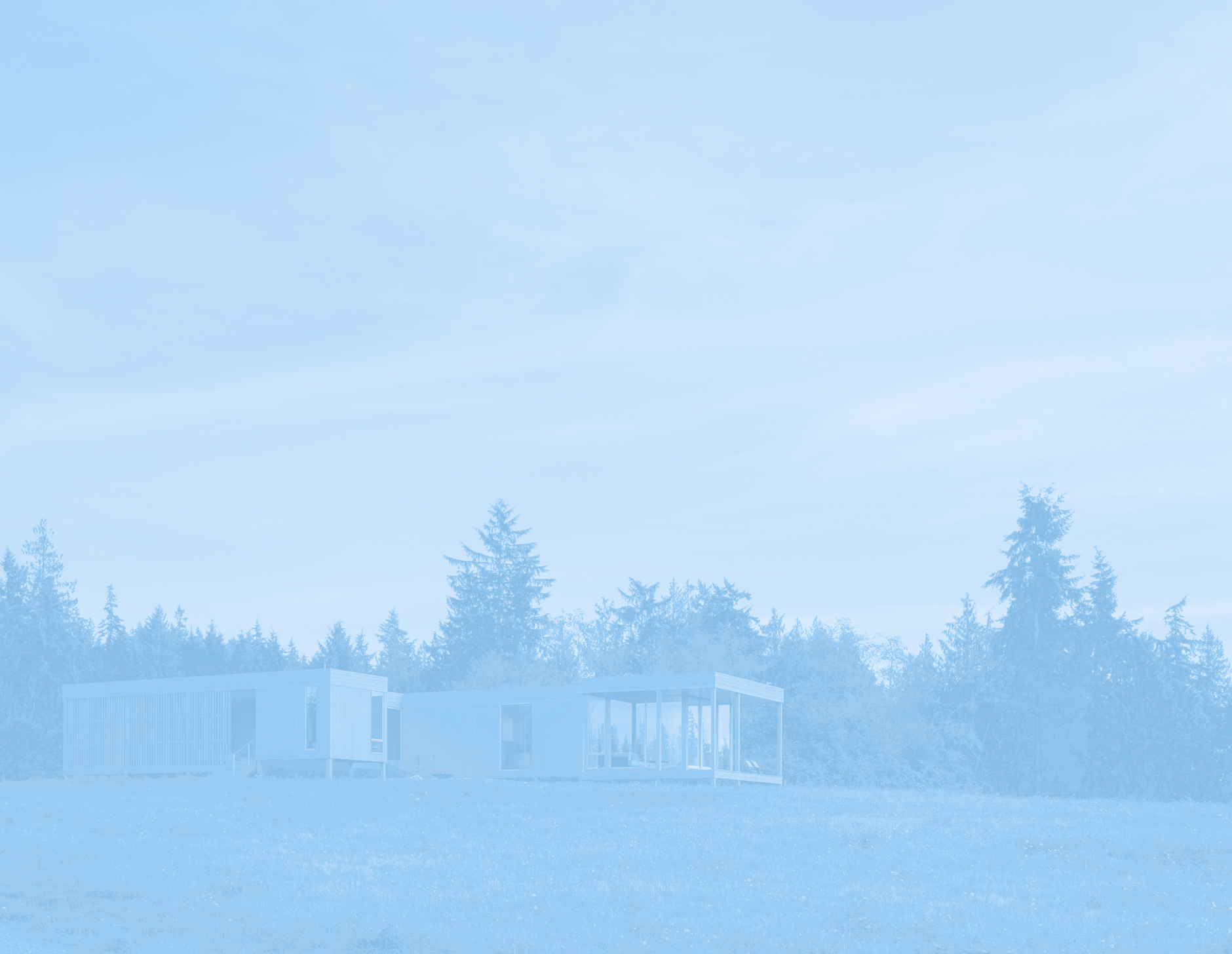
An ode to the seamless dialogue between matter and feeling, Nader Tehrani’s career embodies the fusion of intellect and craft that defines his architectural vision. Through being the founding principal of Boston-based practice NADAAA, Tehrani has cultivated this studio recognized for its ability to dissolve disciplinary boundaries, whether that be architecture to landscape, furniture to fabrication, or theory to craft. His extensive array of honors embodies a testament to his exceptional mastery and vision. From winning the American Academy of Arts and Letter’s 2020 Arnold W. Brunner Prize, being a member of the Cooper Hewitt, to getting elected as a member of the American Academy of Arts and Sciences, all his constellation of honors reflects his depth. He notes that each recognition carries its own weight, which is a call to give back, to take risks, and to pursue uncharted ground. Although such honors often suggest a lifetime’s work, Tehrani views them instead as milestones along an evolving journey. He insists that his practice remains young as he is still testing ideas, seeking new collaborations, and hoping these awards serve not as closure— but as a bridge into the meaningfulness behind being a beautiful part of a greater community.
Not only has he been the recipient of these distinguished honors, but his influence extends deeply into the realm of academia. He formerly served as both Dean of the Irwin S. Chanin School of Architecture at Cooper Union and as Head of the Department of Architecture at MIT. He has taught at Harvard, RISD, Georgia Tech, and the University of Toronto. His research and exhibitions have appeared in leading cultural institutions including MoMA, the LA MoCA, the Nasher Sculpture Center, the Canadian Centre for Architecture, and the Venice Biennale. Yet beyond this astonishing legacy of achievement stands an architect profoundly devoted to the process, the way in which material, form, and care can articulate and express the intricate dialogue between the built world and the lives it influences.
Although awards often celebrate the finished object, much of Tehrani’s work—particularly with NADAAA— centers on process, collaboration, and the stories embedded in making. These narratives, he suggests, give deeper meaning to recognition itself, as he muses that, “still, what makes architecture so important for me is its connection to a more embodied experience, what is rendered as an object in contract documents, but is actually a framework for a haptic encounter. The stories that we conjure up often revolve around the challenges of practice, construction, and the technologies that come to alter the discipline.” He acknowledges architecture as a deeply collaborative practice in the sense that it “allows others to peer under the hood, as it is said, to appreciate not just the ‘what’ of architecture, but the how.” For Tehrani, identifying those encounters heightens one’s appreciation, alluding to the way “architecture rarely allows for great inventions, but it remains a great opportunity for meaningful transformations.”
His upbringing traced a distinctly multicultural arc that spanned from London to Geneva, Karachi to Johannesburg, and eventually, Tehran to the Berkshire Hills of Connecticut. He reflected that Iran was never his anchor, even though the rich culture inevitably seeped into his life through the intimacy of family. Instead of being formed through a single geographic source, his perspective takes more of a global lens, focusing on vaster thresholds. Nearly forty years ago, his own thesis professor urged Tehrani to reexamine a culture he once eclipsed. His early research on brick construction—particularly how Islamic architecture privileges configuration over figuration—later resurfaced in Casa La Roca. He reinterpreted ancient systems through modern means utilizing a ‘variable bond’ to compress and expand the wall, transforming it into a malleable, curtain-like surface all while maintaining conventional methods. This logic eventually evolved from surface to space, where material and spatial form meet in the middle to form the principle exemplified by the Tongxian Art Center.
For Tehrani, the most profound translation of matter into love is cooking. He describes it as the purest act of care, a certain immediacy of generosity that architecture shares, though it unfolds on a different scale and through a slower pace and rhythm. Hunger calls for immediacy, a sentiment that architecture lacks. The never-ending details of the architectural process demands patience, pain, and what he calls ‘projective thinking’—all that clients or families may not always share. Care suddenly becomes tangible only when they inhabit the space in the end. This is the point where comfort, texture, and vision align. Through his work, Tehrani demonstrates how material and form serve as instruments of care, shaping how people gather, move, and feel within space. From bookshelves and galleries to monumental architecture, his work spans scales. He resists the idea that lessons flow in only one sole direction. Instead of this notion, he describes all his projects as steeped in the same conceptual bowl, each informed by shared preoccupations. His furniture and installations maintain an active dialogue with architectural form. The Gomez Coffee Table, for example, weaves a braided system of butcher block and wood veneers, where stacked plywood and zebrawood striations meet to produce what he calls a tectonic grain. Not only is this subtle, but it highlights a deliberate architectural effect. That same principle extends to his buildings, from the turning bricks of the Tongxian Gatehouse to the Voromuro Installation, whose cellular geometries echo his proposal for the Kuwait Sports Shooting Club, both exploring systems that yield irregular yet cohesive morphologies.
Far from the realm of architecture, Tehrani’s first job took place in the summer as a landscaper. He spent long days cutting trees, clearing brush, and earning a modest wage through unrelenting physical labor. At the time, architecture felt detached from any promise of recognition or cultural visibility. When asked which project his younger self might take pride in, Tehrani reflects that he seeks the places where unity emerges through what he terms the “catalytic detail.” The Central Studio Hall at the Melbourne School of Design, he notes, embodies that sensibility to a certain degree, its rigor and cohesion reflecting an architecture of discipline, clarity, and control.
Teaching has always been central to Tehrani’s career. Reflecting on what a new architectural curriculum might look like today, he points to the balance between theory, technology, craft, and history, each rising or receding as new paradigms emerge. If computation defined the last two decades, he says, climate change and artificial intelligence now pose deeper, more existential questions for discipline. He embarks on the thought that “what makes architecture unique is its integrative capacity: the ability of an architect to synthesize so many fields, and to make something larger than the sum of their parts.” A transformative curriculum, he suggests, should remain flexible, allowing emphasis to shift without abandoning that directorial role— all while making sure that teachers remain students. He platforms that “to create a learning environment, to allow for productive failures, and to allow emerging media to be tested as part of the evolution of a transforming curriculum.”
Nader Tehrani’s lecture on the “diminishing public” at the Frye Art Museum feels especially resonant in a city suspended between nature and technology. Join him this October 30th, as he seeks to examine how architecture situates itself within this shifting terrain, and how designers might reclaim a sense of agency within it. Yet amid all the complexity of form and theory, his message remains profoundly human. A homage to the principle that architecture, at its core, is an act of care—one that sustains not only the body, but the collective soul.
Buy tickets for Nader Tehrani's lecture here.






.jpg)

.jpg)